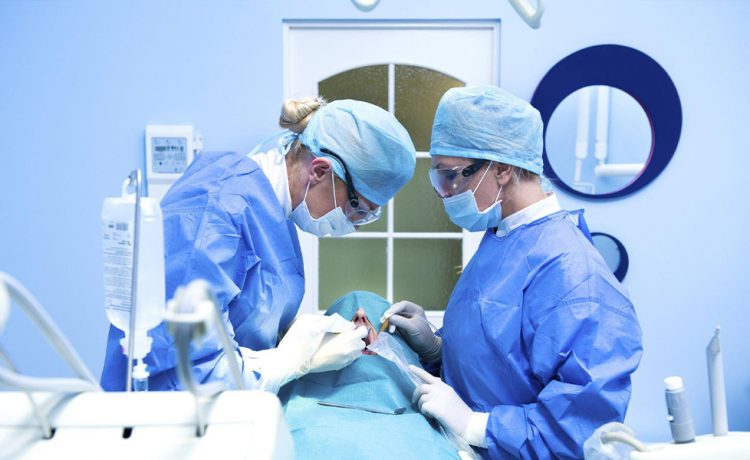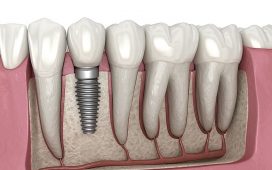Missing teeth can be successfully replaced by dental implants in Pleasantville that offer several benefits in the long run. For a successful implant, you must have sufficient bone thickness and density. A healthy bone structure provides a strong foundation and stability to your implants. But what if your underlying jawbone is diseased or damaged? How does it affect the success rate of dental implants? Let’s find out through this informative blog.
What are dental implants?
Dental implants are artificial tooth roots that are surgically placed into the jawbone to replace missing teeth. They are made of titanium and have a crown or bridge attached to them to resemble a natural tooth. Implants can be used to:
- Replace a single tooth
- Support a dental bridge
- Secure a denture
- Enhance facial aesthetics
Dental implants consist of three main parts:
- Implant body (or fixture): This is the titanium screw that is surgically placed into the jawbone. It serves as the root of the tooth.
- Abutment(or connector): This is the middle part that connects the implant body to the crown. It protrudes from the gum and provides a platform for the crown.
- Crown (or prosthesis): This is the artificial tooth that is attached to the abutment. It is custom-made to match the shape, color, and size of the surrounding teeth.
Additional components may include:
- Healing cap: A cover screw that protects the implant during healing.
- Implant mount: A component that attaches to the implant body and supports the abutment.
- Abutment screw: A screw that secures the abutment to the implant body.
- Crown screw: A screw that secures the crown to the abutment.
These parts work together to create a sturdy and natural-looking tooth replacement.
What are the risks of having a compromised bone?
The following are challenges in placing dental implants due to compromised bone:
- Insufficient bone density: Weak or thin bone may not be able to support the implant.
- Limited bone height and width: Inadequate bone volume can make implant placement difficult.
- Poor bone quality: Bones with poor structure or density may not integrate properly with the implant.
- Bone defects or deformities: Abnormalities like clefts or bony lesions can complicate implant placement.
- Bone loss due to:
- Periodontal disease
- Trauma
- Infection
- Tumor resection
- Congenital defects
- Sinus proximity: Insufficient bone height near the sinuses can make implant placement challenging.
- Nerve proximity: Implants placed near nerves can cause nerve damage or discomfort.
- Bone atrophy: Shrinkage of the jawbone due to tooth loss or aging can reduce implant placement options.
- Previous surgical failures: Failed implant surgeries can lead to compromised bone, making future implant placement more challenging.
- Systemic conditions: Certain medical conditions, such as osteoporosis or bone cancer, can affect bone health and implant placement.
How to manage a compromised bone structure?
Solutions for placing dental implants with compromised bone structure:
- Bone grafting: Transplanting healthy bone tissue to enhance density and volume.
- Sinus lifting: Elevating the sinus membrane to create space for implant placement.
- Ridge expansion: Widening the jawbone to accommodate implants.
- All-on-4/All-on-6: Strategic implant placement to maximize stability in compromised bone.
- Zygomatic implants: Placing implants in the zygoma bone for added stability.
- Nasal cavity implants: Using the nasal cavity as an anchorage point.
- Short implants: Using shorter implants to avoid delicate areas.
- Angled implants: Placing implants at an angle to avoid sinus or nerve proximity.
- Bone-anchored implants: Using implants anchored in the surrounding bone.
- Customized implant design: Creating personalized implants for unique cases.
- Biomaterials and growth factors: Utilizing materials that promote bone growth and integration.
- Advanced imaging and diagnostic tools: Precise planning and guidance for complex cases.
These solutions require expertise in oral surgery, prosthodontics, and implantology, ensuring successful implant placement and restoration in compromised bone structures. Consult a skilled dental surgeon if you wish to get dental implants but are suffering from bone loss, for further evaluation and management.




